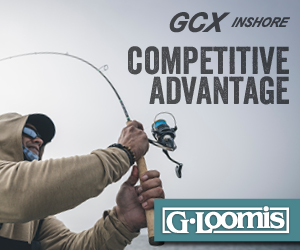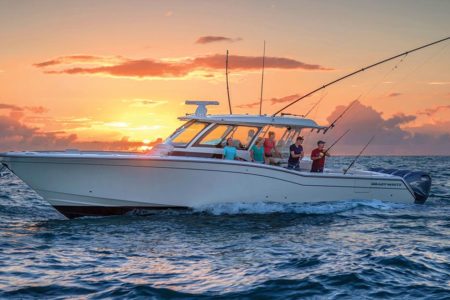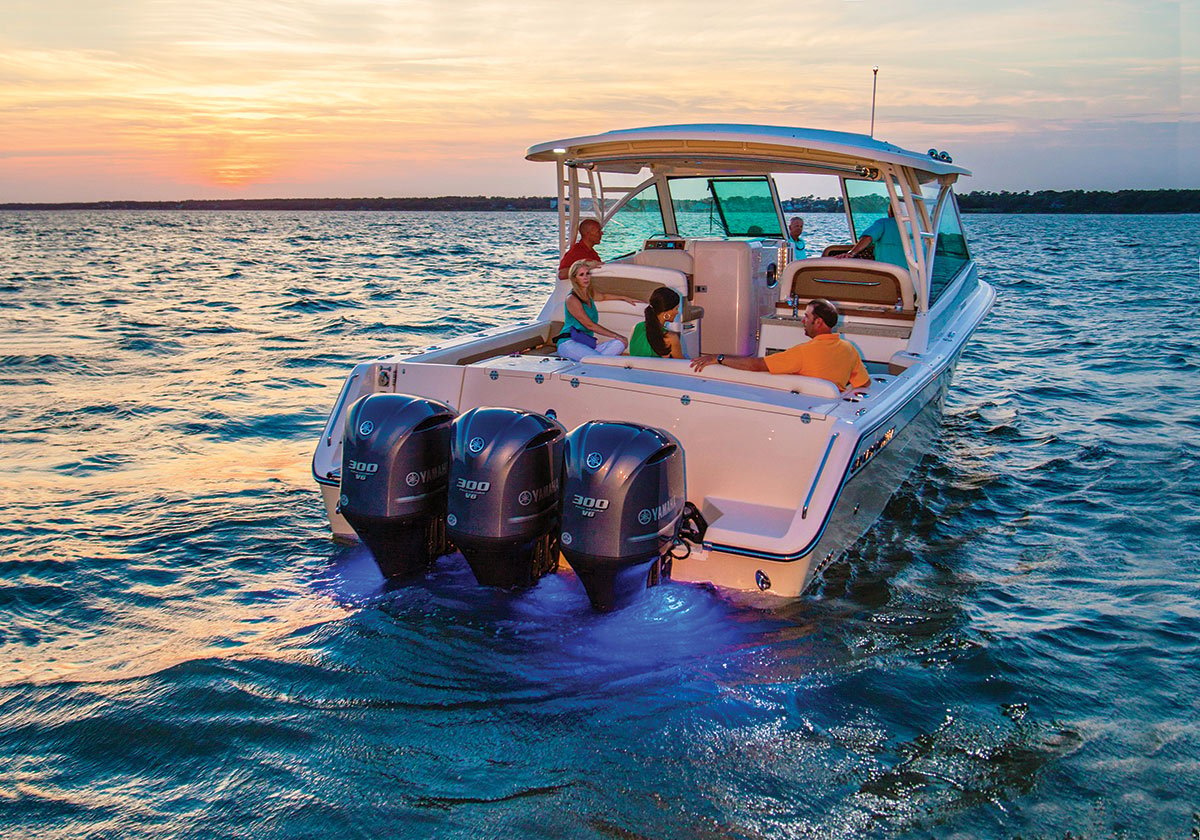
There’s a lot of buzz about LED lighting in all phases of our life lately, and it’s even filtered down into the world of fishing boats. “Taking power off the grid,” “minimizing the carbon footprint,” “eliminating mercury in our groundwater” are all typical reasons to consider converting over to LED lighting in your home or business. Throw in huge energy savings, an improved quality of illumination that looks better and lasts longer, combined with power company rebates, and the rationale for choosing LEDs picks up momentum. But how does this “going green” line of thinking translate to your boat? As a commercial LED lighting contractor in the real world and a charter boat captain and outdoor writer in some of my other lives, I’ll attempt to make the compelling connection to consider upgrading your ride with LEDs.
LEDs are the New Normal
Once considered an expensive novelty less than five years ago, LED (light emitting diode) lighting is the new normal, and more manufacturers are offering LEDs as standard issue on their 2018 and upcoming 2019 model year boats. Besides producing a crisper and cleaner source of illumination with enhanced visibility, LED lighting uses significantly less 12V battery power to get the job done and typically offers more reliable operation out on the briny.
But according to Hella Marine, New Zealand based manufacturers of proven marine grade LED lighting, “Electromagnetic Compatibility (EMC) is an increasingly relevant safety concern, especially for many emergency and industrial applications. As electronic devices such as LED lamps and luminaires become more common, so does the risk of unintended electromagnetic interference (EMI) that can have adverse effects on other sensitive devices such as radios or communication equipment.” It’s always a great idea to turn on your critical marine electronics like your radio, echo sounder and GPS navigator BEFORE mounting any new LED lights on your boat. LEDs are semi-conductors and as stated above, are a potential source of electromagnetic interference that can affect your sensitive marine electronics, so it’s good advice to see if the addition of any new LED lighting will have a negative impact on your gear before making any final installations. If you are going to add cool LED cockpit or courtesy lights on your console or dash panel, be sure to do a temporary hookup first to ensure compatibility with your marine electronics.


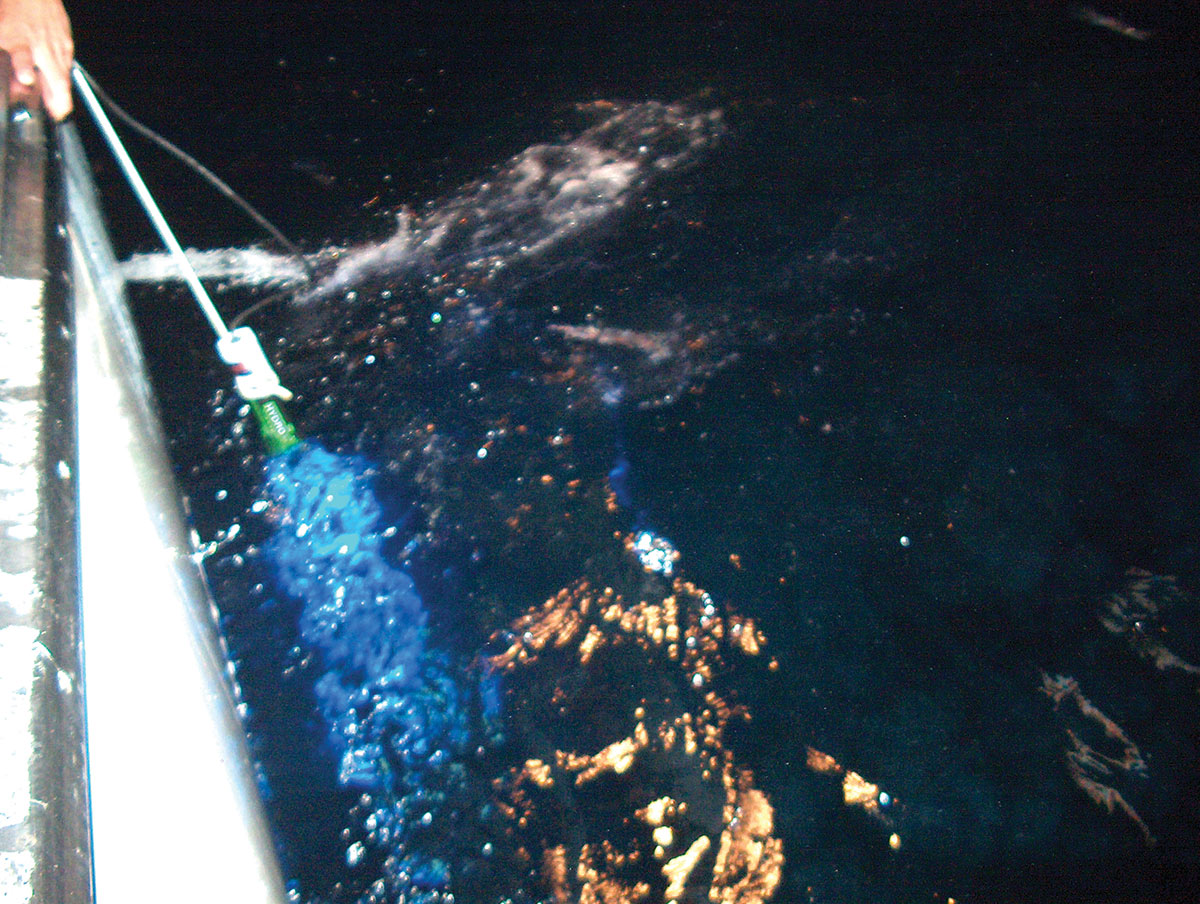
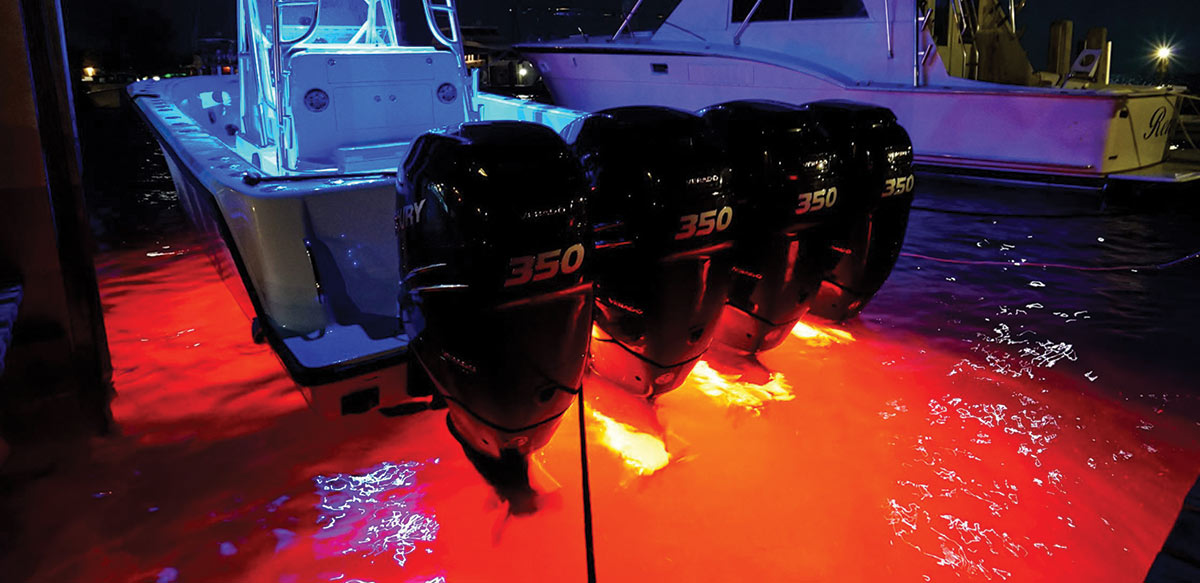
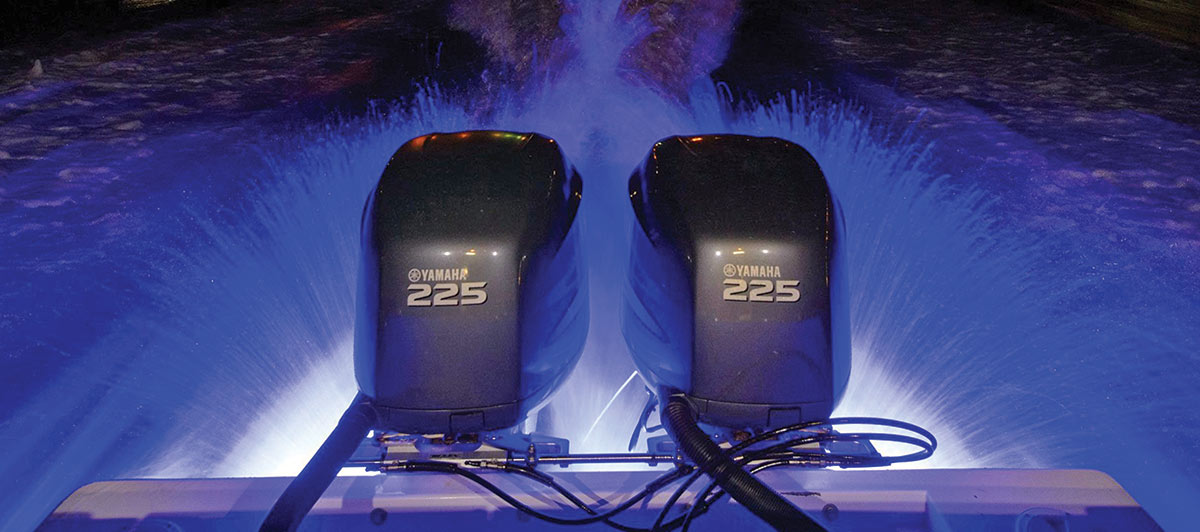
Watt’s Up?
How much less energy do LEDs use on your boat? Let’s take the recent conversion to LED navigation lighting on my 2006 EdgeWater 228CC as a perfect example. Now enjoying my fourth season of ownership, the navigation lights on this center console were starting to show some unsightly and potentially unsafe wear and tear. The incandescent bulbs were cranky, prone to constant cleaning or replacement. Additionally, the plastic housings for both the red port and green starboard bow/side lights, along with the overhead white masthead light, were hazed and cloudy from constant UV and saltwater exposure and water intrusion, which accelerated internal wear of the components. Combined with the constant heat of the superhot incandescent filament cooking these light housings from the inside and degrading the plastic lens even more, their overall visibility was compromised and it was time for an upgrade.
My EdgeWater’s existing PerkoNav lights were all powered by the same #71 incandescent filament bulb that was rated to consume 10W and 0.8-amps per hour of use at 12V. These lights employed a total of four incandescent bulbs (one port, one starboard and two overhead) for normal use, so they consumed 4 x 0.8 amps = 3.2 amps per hour of operation. Looking at the reserve capacity (100 amps) rating of a typical 24-series lead acid deep cycle/starting battery (Interstate 24M), the factory specs indicate that it will run for 11.6hours under a 5-amp load. You can probably run these incandescent Nav lights and their 3.2-amp load for 16hours or more on a single charge using this battery. But make no mistake, this old school incandescent technology is a power sucker and uses your limited onboard battery power inefficiently.

I replaced my existing Nav lights with a set of Hella Marine model 2LT-980-620 LED side lights and overhead mast light that each burn less than 1W and 0.08 amps per hour of use at 12V. The total power consumption on the LEDs is 3W and 0.24 amps per hour. Without burdening you with multiplication and power consumption comparison tables, these LEDs use 92.5% less energy than their incandescent predecessors and will run a long time on that same 24M 12V battery before needing a recharge. An added benefit of the Hella LEDs is that the 1W LED Nav lights are equal to the brightness of a 25W incandescent bulb and give my boat a 2NM range of visibility for its sidelights, which is twice the USCG requirement for boats under 12meters.
But LED conversions are not just limited to navigation lighting. The same analysis holds true for other power-sucking light sources onboard your vessel, like cockpit lights, courtesy lights, overhead dome lights, cabin accent lighting, T-top or hardtop flood lights, tower spreader lights, compartment lighting, and the new trend that is on the top of everyone’s must-have list – underwater lighting.
Not All LEDs Created Equal
Just like in my commercial contracting business, not all LEDs are created equal. There are quality LEDs, and there are cheap imitations that don’t seem to last. To get a scientific spin on things, I reached out to Hella’s Marketing Manager Duncan Stirling for additional insights. According to Duncan, “well-constructed LED Nav lights offer boaters increased vibration and shock resistance, reduced heat and long-term reliability. When comparing LED products, be sure that the ones you choose are totally sealed and employ ultra-durable materials to resist harsh marine conditions, saltwater exposure and UV radiation. If the Nav light lens fades or cracks with age, it adversely affects the ability of the light to project the required amount of illumination and creates a potential safety hazard and shortens the life of the internal components.”
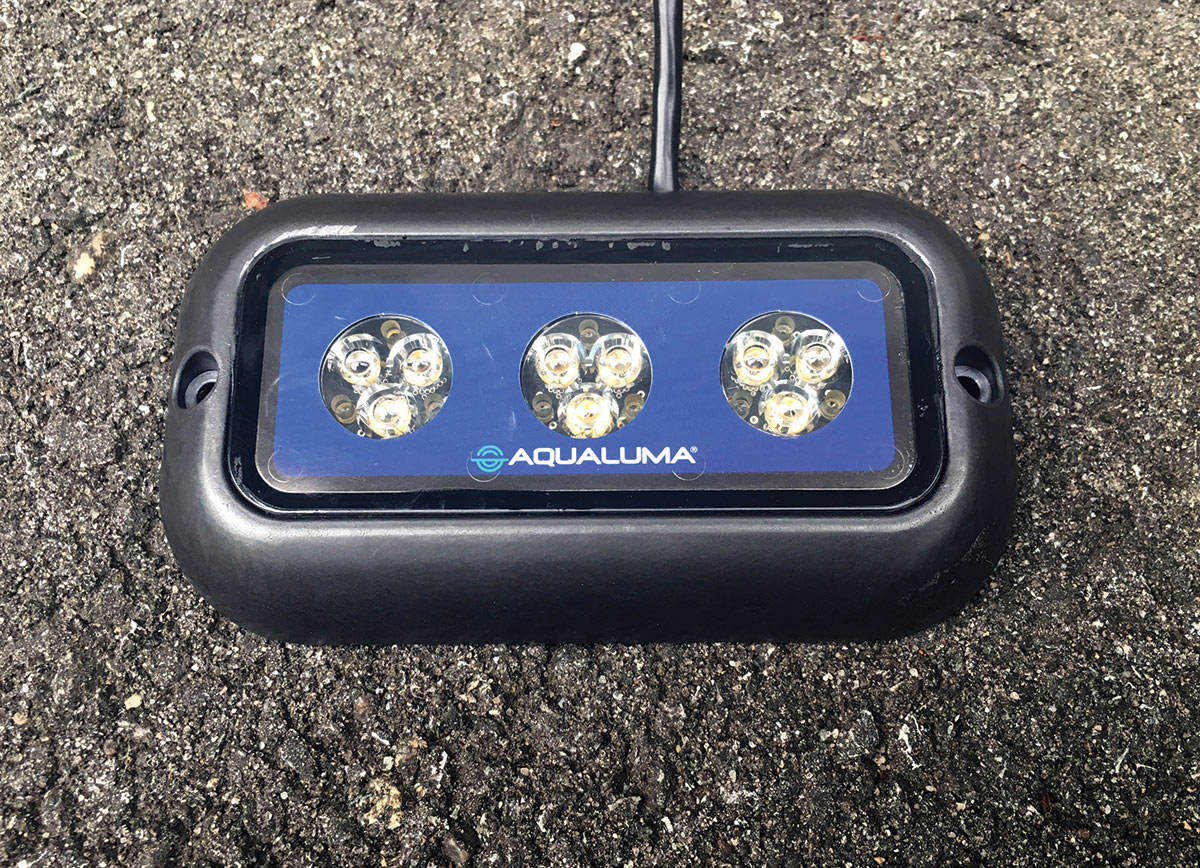
Yet another way to determine if an LED is worth its salt, is to look at the Lumens-per-Watt rating (LPW). Although this is only one critical spec and not the ultimate arbiter to determining the overall quality of an LED luminaire, the LPW rating is a nice start and it’s good to know that your preferred LED is using its power draw efficiently to produce maximum illumination. I have a Hella Marine 7W LED Deck Floodlight that produces 550 lumens. Using basic math, you divide 550L by 7W to get a LPW ratio of 78.6, which is very good for an affordable LED flood designed for the marine environment. The higher the number, the more energy efficient the luminaire for generating light at the source—but does that light get down to the intended surface? Ahhh, now that is the big question that requires significantly more research, but like I mentioned before, LPW is a good place to start when comparing one product to another, as well as how much it costs to achieve it.
LED Underwater Lighting
You know that you have arrived to the big show when you can simply flick a switch on your vessel’s accessory panel and light up the nighttime depths in a half circle at the aft end of your boat. It’s a blast to see all sorts of sea creatures swimming in and out of your lights and then disappear into the inky blackness. At night, lights attract bait and bait attracts gamefish, which is like ringing the proverbial dinner bell when it comes to getting a good bite going and sustaining it. Plus zipping through the bay at speed with your underwater lights energized makes your vessel look like something from outer space, with multi-color rocket contrails streaming in your wake.

But for all Fisherman readers that have an aversion to cutting holes into their hull below the waterline (like me), there’s an easier way to make this happen and still keep your bilge area dry. Historically, underwater lights have had to deal with a quartet of challenges. The first was mounting them onboard, which entailed drilling holes below the waterline in strategic places, running wiring, the potential for leaks and costly repairs if something went wrong. The second problem was the sheer cost of these first generation LED lights, which in the past has been very expensive. Challenge #3 was the heat generated by these lights, especially in the usual confined mounting spaces, which shortened their useful operation’s life. And the fourth problem and “Achilles heel” of underwater lighting has always been power consumption—if you didn’t have a genset and were running these lights off of your onboard marine “house” battery, it could draw that down quickly and compromise your ability to run your radar, echo sounder, VHF and chartplotter at night.
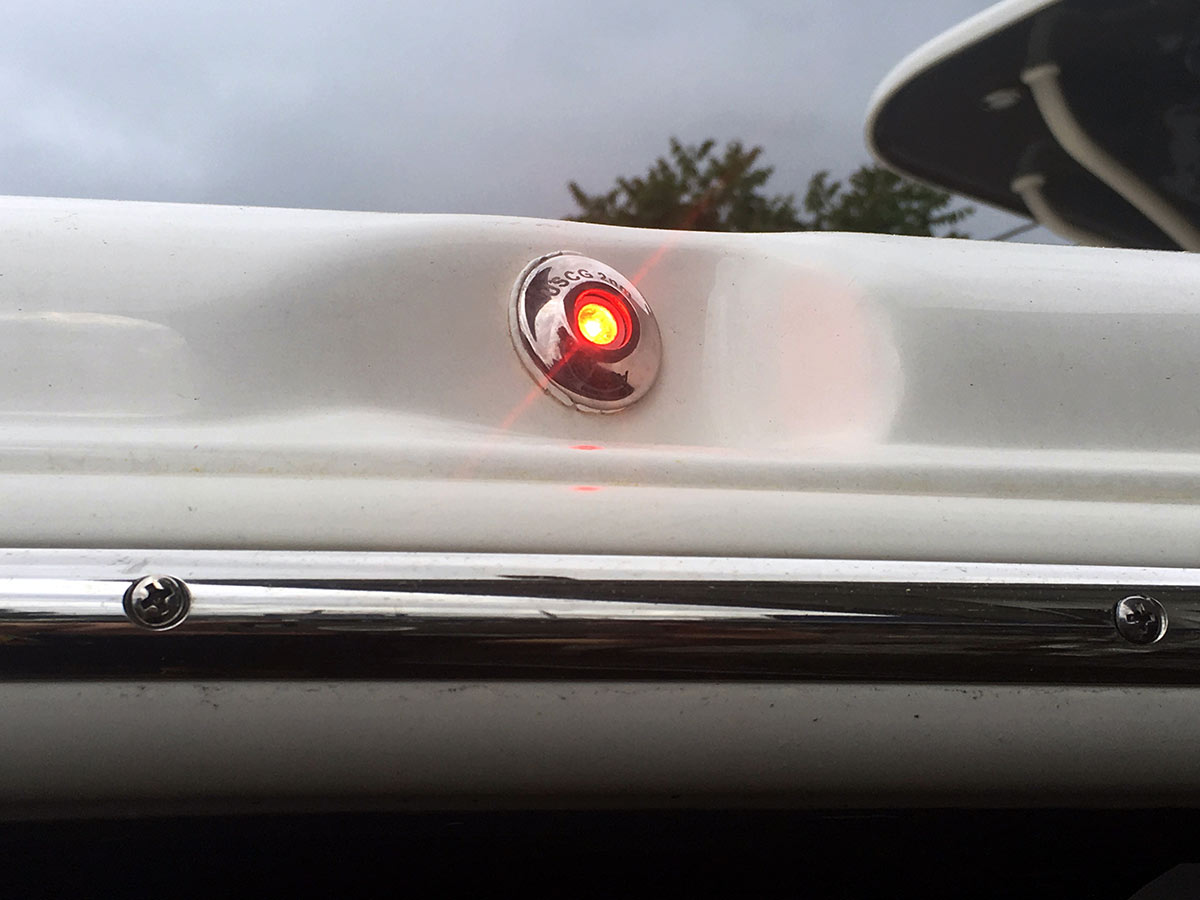
Aqualuma (Australia) and Perko (USA) among others offer a unique style of underwater light that solves all four of these problems. They attach to your boat’s trim tabs (easy installation with no holes below the waterline); use LED technology that draws minimal battery power; they run cool, since they are in the water; and they are priced right so that everyone can afford to buy them. Don’t have trim tabs on your boat? Or maybe you have recessed tabs with minimal access? No problem, you can add a small aftermarket L-shaped stainless steel bracket that easily attaches to your boat’s transom under the waterline and does the same thing as the tab planes, namely providing a convenient mounting spot to attach these simple underwater lights.
If trim tab mount or L-bracket underwater lights are not for you, then you might be interested in a low-profile surface mount LED design offered by numerous vendors. I have an Aqualuma FF9, which measures approximately 5.5inches wide by 3inches high by less than an inch deep and still can light up the night with a total of 9 powerful LEDs arranged in a trio of three-gang clusters. Drawing less than 1.4 amps of battery juice at 12volts, these underwater lights are available with either white, blue or green LEDs. Surface mount LEDs can be affixed easily to the transom via a few stainless steel screws and the cable can be run to your power source either internally (through the hull) or externally outside the hull, which offers some interesting mounting flexibilities. They are definitely an easy, quick and effective way to add underwater lights to your boat in the minimal amount of time.
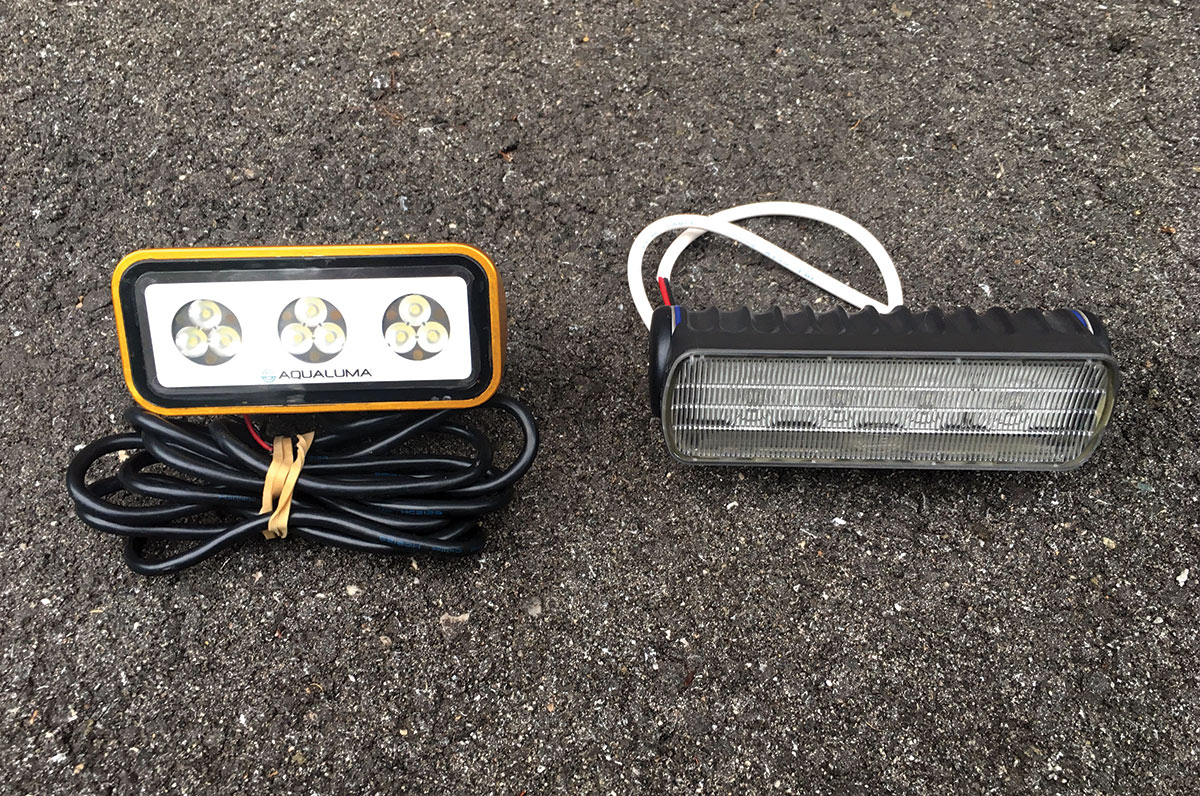


Lights as a Fishing Tool
Like we mentioned in the intro, at night, underwater lights attract bait and bait attracts gamefish, bringing everything within easy casting distance to the back of your boat. But before you go viral and add a dozen underwater LEDs to the stern of your ride, do yourself a favor and check on the local laws for fishing at night with underwater lights; in some places this is frowned upon or restricted, so be advised. Offshore, south of the 3-mile state waters or 12-mile federal waters, there’s less of a hassle and underwater LEDs are fish attracting magnets, especially for sharks and tuna. Be sure to check with your area’s latest restrictions on what color or type of LED deck, console, T-top/hardtop you can run at night. Lately, some of the coastal law enforcement agencies are having potential hiccups with boats running with their blue LED topside, console and underwater lights on at night, appearing to be law enforcement craft in the process.
The first wave of LED lighting to consider on your vessel should be the most critical to its safety, specifically the navigation lighting. Other candidates for the LED conversion include, but are not limited to, cockpit lighting; under coaming courtesy lights; dome lighting in the head, galley and cabin areas; overhead lighting under your T-top or hardtop; the aforementioned underwater lighting in the transom; cockpit flood lights; etc. LEDs are here to stay. Now that competition has increased availability, the prices are starting to come down. Why not see things in a different light and convert over to LEDs and enjoy the many benefits?
